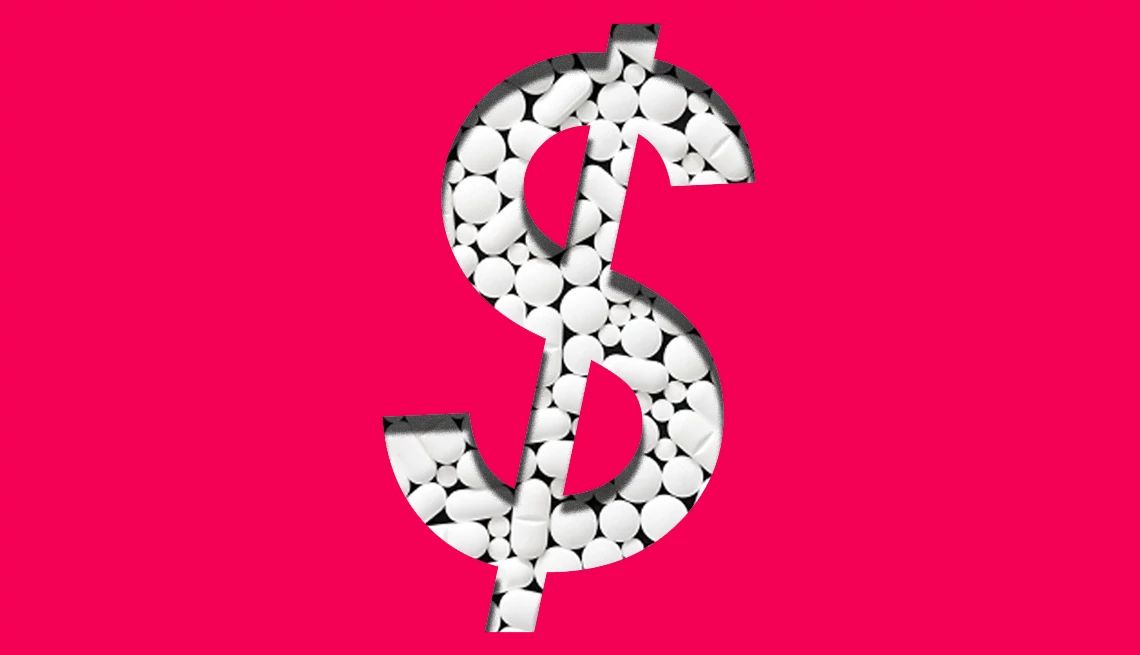AARP Hearing Center
Key takeaways
- The government bargained with drug makers to lower prices.
- 10 drugs initially chosen. Most ended up at least 50% off.
- Another 15 medicines will be added to the list for 2027.
After years of preparation, the first 10 Medicare Part D–covered drugs selected for price negotiations will be available to beneficiaries at reduced cost in 2026.
A prescription drug law passed in 2022, which AARP supported, required the Secretary of the Department of Health and Human Services to negotiate with drug companies for lower prices on 10 popular brand-name, high-priced drugs with no generic equivalent or biosimilar competitors.
The program is on the cusp of making dozens of innovative medications more affordable and accessible while saving lives and improving the quality of life for millions of Medicare beneficiaries. The savings, which take effect Jan. 1, are expected to lower enrollees’ out-of-pocket spending by an estimated $1.5 billion in 2026, according to the Centers for Medicare & Medicaid Services (CMS).
First-round discounts start Jan. 1
The 10 popular medications in the first round of price reductions:
- Eliquis for blood clot prevention and treatment
- Enbrel for rheumatoid arthritis, psoriasis and psoriatic arthritis
- Entresto for heart failure
- Farxiga for diabetes, heart failure and chronic kidney disease
- Fiasp and NovoLog, types of insulin for diabetes
- Imbruvica for blood cancers
- Januvia for diabetes
- Jardiance for diabetes, heart failure and chronic kidney disease
- Stelara for psoriasis, psoriatic arthritis, Crohn’s disease and ulcerative colitis
- Xarelto for blood clot prevention and treatment
If the lower drug prices had been in effect in 2023, Medicare would have saved an estimated $6 billion, or about 22 percent, on the 10 drugs. That includes rebates and other payments, CMS previously reported.
For instance, a 30-day supply of the diabetes medication Januvia will cost $113 in 2026. That’s down 79 percent from the 2023 list price of $527, CMS says. Medicare’s Part D program spent more than $4 billion on Januvia for the roughly 850,000 beneficiaries who used it in 2023.


All but 4 percent of respondents said the government should do more to lower prescription prices, according to a December 2024 AARP survey of more than 1,000 adults 50 and older. More than 4 out of 5 said they take prescriptions regularly.
A 30-day supply of Eliquis, which treats and prevents blood clots, will be 56 percent lower next year, or $231 compared with $521 in 2023, CMS reports. Medicare spent nearly $18.3 billion on Eliquis for the nearly 4 million beneficiaries who used the drug in 2023.



































































More From AARP
3 Big Medicare Prescription Drug Changes in 2025
Here's what you need to know about Part D in 2025
Medicare Part D Drug Prices Have Doubled
Soaring costs for vital prescriptions can result in big bills at the pharmacy counter
Medicare's $180B Spending Spurs Debate
The prices greatly exceeded the average cost for manufacturers to develop new drugs